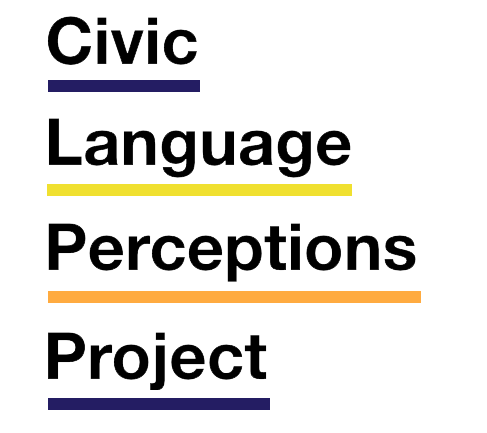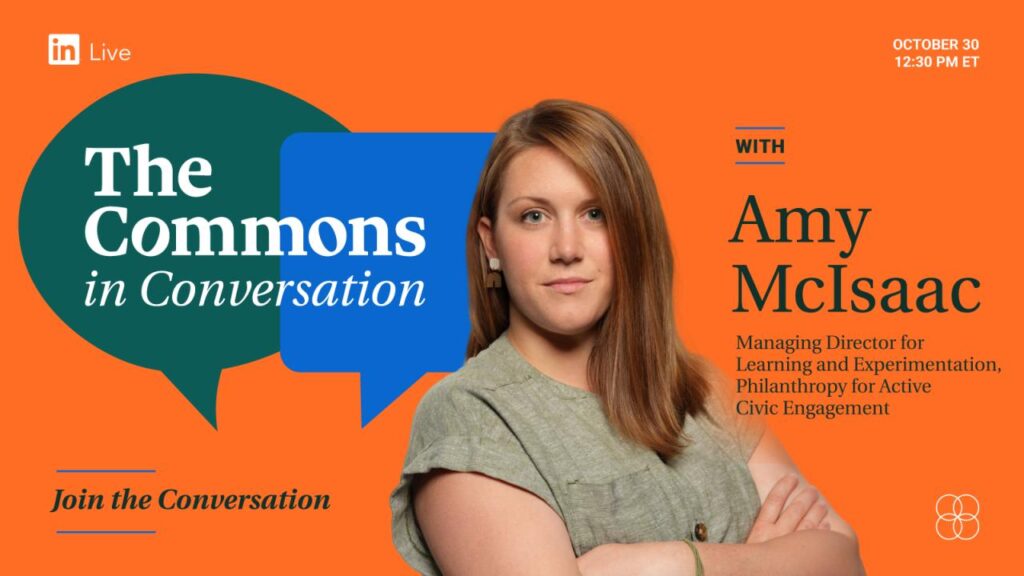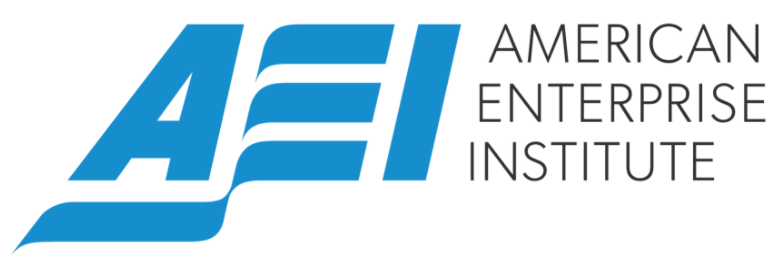Civic Language Perceptions Project 2024
How Civic Language Unites, Divides, & Motivates American Voters
PACE’s Civic Language Perceptions Project seeks to understand peoples’ perceptions of the language associated with civic engagement and democracy work.
The words Americans use to describe our civic values, ideals, and practices are also the words we use to connect, share, and co-create our community and national future. What can we know about how aligned we are on our language choices related to our civic lives? Perhaps a more important concern underlies this question: Are we talking past each other about values we think we share?
PACE started exploring civic language over 5 years ago. Since then, the world has changed, the need to understand has grown, and the questions about what we do have become more urgent.

Explore the New Report
Master the Art of 'Talking Bridgey' to Unite Diverse Audiences
Since 2019, PACE has been leading research on the impressions and relationships American voters have with various civic terms, surveying thousands and gaining rich insights about the power of words to connect and divide us from people different than ourselves.
Along the way, we were compelled by the challenge many face in philanthropy and in civic life broadly: finding ways to appeal to a broad audience without sending unintended signals that halt a conversation before it even begins.
In this groundbreaking report released just weeks before the pivotal 2024 presidential election, readers will learn:
• Which civic terms have the strongest “bridgeyness” potential
• How to understand and leverage the signals different words send
• Techniques for encouraging deeper, more meaningful dialogue
• Strategies for prioritizing connection over self-expression in high-stakes moments
———————————–
Sign up to download the report here.
Explore the Data
Explore the Graphics Hub
We are making our entire portfolio of approximately 500 data visualizations available to you. Search by word, demographic, or impression to see all the ways to understand the intricate relationships between civic language and public perception.
See How Americans Define Civic Terms
Our survey asked respondents to define one civic term-either democracy, civic engagement, or racial equity-giving us rich insights about what American voters mean by these terms in their own words. Send a request to PACE to see their definitions in a detailed spreadsheet.
Use the Data Dashboard
Access an interactive dashboard from our 5,000 person, nationally representative survey. See toplines and crosstabs for 2021 and 2023 data; run your own analysis on questions related to your work and communities.
Explore our Webinar Recaps
PACE presented on its civic language data 25 times in 2024, including seven webinars that presented a deeper look into Americans’ perceptions of specific terms and how certain audiences receive civic terms. On our webinar recaps page, you will find a recording and synopsis of each webinar along with slide decks and featured graphics.
Use AI to Get Better at Civic Communication
Pluralytics’ proprietary AI tools are aligned to our CLPP data; they will evaluate your communication content and help you generate more effective messages.
About the Civic Language Perceptions Project
Methodology and FAQs
Learn more about the methodology used for the Civic Language Perceptions Project, including sampling, weighting, and survey design, and receive guidance for engaging with the research findings or publishing related content.
Check out the Survey Instrument
See the wording, format, and order of questions we asked participants.
In the News
More from the Civic Language Perceptions Project
CHECK OUT THE 2021 DATA
Explore 2021 findings and learn more about the history of the Civic Language Perceptions Project.
REQUEST MORE INFORMATION
Have a question that this page can’t answer? Email our team, who will reply within 24-48 hours.
2021 REPORT: AMERICA AND CIVIC LANGUAGE
View our most compelling insights from our 2021 research, including the assumptions about civic language that our data affirm, the assumptions they complicate, and the findings we need to face.
2021 REPORT: CIVIC LANGUAGE GUIDANCE
Learn from civic funders and practitioners who share 24 areas of guidance based on their experience experimenting and navigating specific civic language challenges.
Acknowledgments
PACE appreciates the work of the entire team at Citizen Data, our polling partner, and Kyle Chambers, our data scientist, for bringing this project to life. We also appreciate the many partners and friends who gave advice and feedback during the development process. This project is a reflection of countless conversations that shaped it to be of greatest service to the civic field. This project would not be possible without the generous funding and support of PACE members, especially the McKnight Foundation, Rita Allen Foundation, Lumina Foundation, and Ronald Reagan Presidential Foundation.
MAILING ADDRESS
611 Pennsylvania Ave SE, #372
Washington, DC 20003

















